|
|
|
|
|
This review page is supported in part by the sponsor whose ad is displayed above
|
|
 |
|
Marvel owned the system that, from a HiFi perspective, was the most immaculate. It was tuned to the extreme between Marvel and Linnman to avoid any and all acoustical problems. Bass extended into the abyss without exhibiting any hot spots whatsoever, treble shimmered without undue excitement. Truly stunning.
|
|
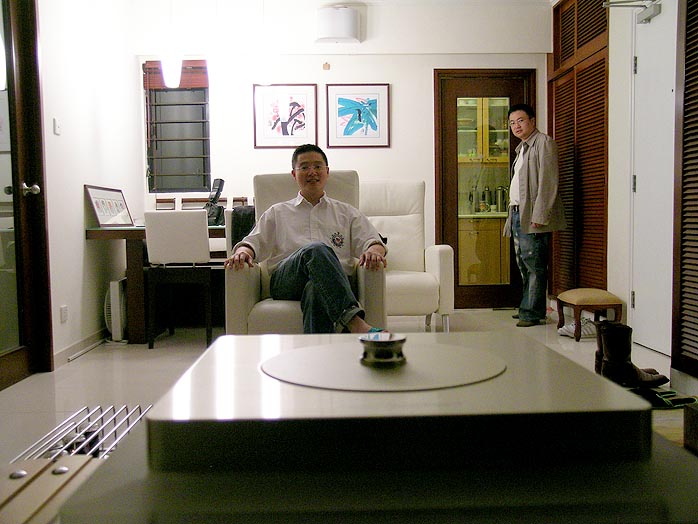 |
|
Despite plenty of hard surfaces -- glass and stone -- Marvel's system didn't betray any hardness or the hollowness and ringing from environs that are often plagued by slap echo or empty bathroom ambience.
|
|
 |
|
In fact, it passed my most challenging test tracks with flying colors, exhibiting a nearly supernatural level of spatial resolution that was testament to the ultra-low noise floor of the best unshielded cables Argento makes, plus Linnman's expert use of acoustic resonators. Marvel is well-known in Hong Kong circles for having gone through an enormous amount of gear over the years. His current incarnation is anchored by the huge Audio Valve Baldur monoblocks and Mosquito Neo speakers which seem to be exceptionally well paired. What comes ahead of the German tube amps is where Marvel still plays the polygamist. His front end affords various choices between the Zanden Duo, an older Goldmund transport which he finds superior to the current one and the Orpheus Lab Heritage DAC. Preamps are either the two-box Karan or one-box Tron Syren, the latter in its most upscale all-silver version.
|
|
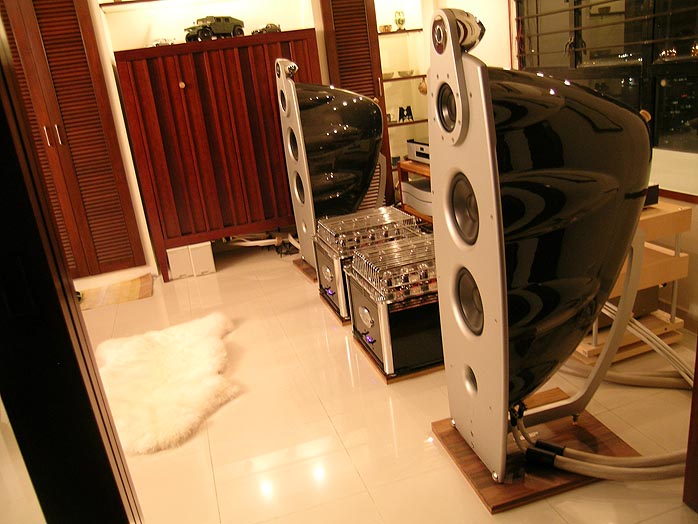 |
|
By the way, the views Marvel enjoys from the window behind the system are out of this world. His high rise flat sits far enough up on the hill to where commuter helicopters fly slightly below his elevation to have him overlook the entire bay from an elevated vantage point. My attempts at capturing the night views with extended camera exposure failed miserably from lack of a tripod but the postcard version below is a close-enough approximation to convey the idea.
|
|
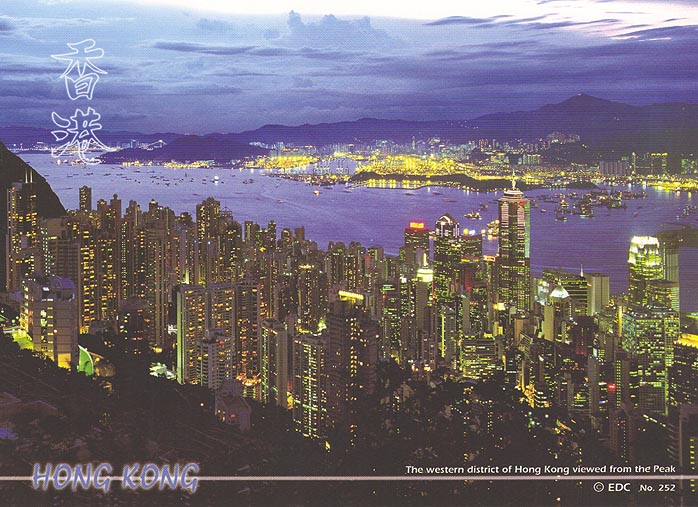 |
|
Marvel's speakers and amps sit on Frank Tchang wooden platforms to optimize the - um, wood element of the sound. Once the three elements are in balance, you can load up their respective scales with more and more substance without undoing the innate balance. That's exactly like increasing the load of a measuring scale from 1lbs to 10lbs. As long as both sides measure identical, balance is maintained. And Marvel's scales are rather loaded, meaning that transients are duly sharp, the harmonic envelope is rich and full and decays are very extended.
|
|
 |
|
It was very obvious to me that Marvel had been at this game for a long time and paid sufficient attention. His type of results don't happen by accident. Rather, they're the outcome of sweating the smallest of details - which means caring in the first place and then spending the time and money necessary to experiment and fight for tiny percentile advances. In AE, Marvel has found the requisite resources to do so.
|
|
 |
|
The only wish for improvement I could level at the system from an ultimate sonic perspective -- it's bloody rare to be presented with this balanced and elevated a base line! -- were slightly more ripples in the microdynamic domain when the Karan preamp was in the system. When Marvel substituted the Syren preamp, that was addressed and decay trails elongated even further. On the other hand, something about the spatial presentation now acquired a somewhat resonant quality which I couldn't pinpoint properly but found just a bit too intense. Too bloomy. On classical, it was tremendous. On the kind of rhythmically complex fare I fancy, I had to give the Karan the nod. Between the digital choices, the Heritage DAC was cooler and structurally more organized on large-scale orchestral. The Zanden duo with the new SuperClock flowed more organically and conveyed a more intimate perspective.
|
|
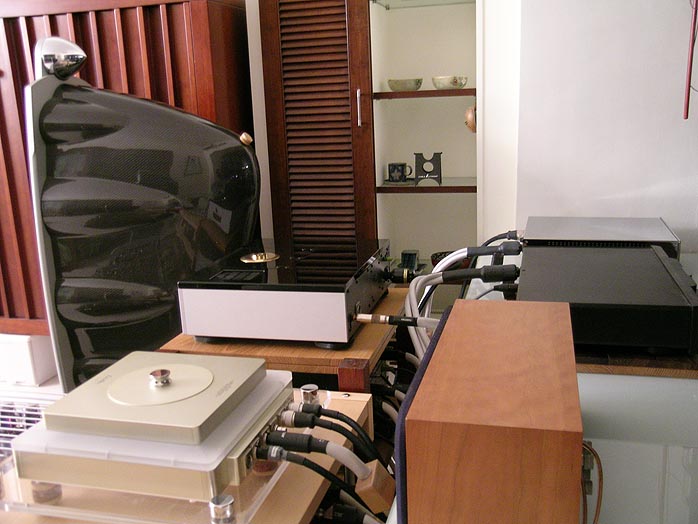 |
|
Of the systems I heard in Hong Kong, Marvel's exhibited the highest level of resolution, with the concomitant nearly complete overlay of recording acoustic over the domestic acoustic. Plainly put, if you want to hear the space that's recorded, you cannot hear the space you're in. How to subtract the latter from the equation so that the former asserts itself is what separates just parking boxes on shelves and floors from tweaking, dialing and tuning. It's here where Marvel has gone the farthest yet to enjoy the most advanced benefits.
|
|
 |
|
When we discussed the dichotomy of perfect sound versus musicality, I felt that the Kondo system -- despite certain flaws from lack of full speaker break-in and minor room issues not yet addressed -- operated on a higher dose of ether. Fortunately, Marvel was present for that listening session at Peter's. He could instantly relate. He knew what I was trying to say. That isn't a given in this racket when you deal with this elusive musicality, something that's often considered a reviewer weasel word precisely because it lacks a hard universal definition.
|
|
 |
|
Even with agreement, knowing how to go about achieving higher ether is where we hit the brick wall that is audio predictions. If one could bottle musicality and sell it 1-2-3 in clearly marked steps, the hobby as we know it would cease to exist. For the sake of definition, "musical" here isn't synonymous with pleasant. It means getting triggered into an altered space where there's a transmission of energy, from the musical medium to the body mind of the listener who experiences a heightened state of awareness.
Clearly, the qualities important for that are well outside measurements as we understand them. That makes putting together a system that does the energy trick vexingly difficult. It's why arriving usually comes at the tail end of a long -- and often expensive -- journey. Part of the journey is about learning what triggers us, personally, and to find parallels between the occasions when it happened, to extrapolate something meaningful to our circumstance. In Marvel's case, it'll mean having Peter visit with his Kondo M-77 preamp to see whether in Marvel's system, it'll do the same magic. One thing I strongly recommended against was him touching his amp/speaker interface. Getting a speaker to play the room is 80% of the challenge and includes having the right amp for it. Marvel has that solved to perfection. Whatever he does next will involve trying to duplicate the energetic thrill which the Kondo system elicited so spontaneously in all of us.
|
|
| Marvel gifted me with a rare, out-of-print copy of The Voice of Bamboo, a CD of an orchestra comprised of instruments built exclusively from bamboo, from pan flutes to transverse and end-blown straight flutes to marimbas, xylophones, drums, mouth organs and stringed instruments with bamboo resonators. From piercing high-amplitude whistles that would break up ordinary tweeters to sonorous drums, sharp percussive sounds and soulful singing strings, this CD is a system killer of the first order. I shall soon find out whether my own rig is up to the task as well as Marvel's proved to be. |
|
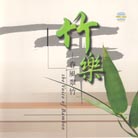 |
|
|
|
|
|
|
 |
|
|
|
 |
|
 |
|
|
|
|
|
|
|
|
|
|
|